One of my fundamental beliefs is that we are united together in the challenges and opportunities we face as a society. One of those challenges -- and an area where we've focused our efforts at Humanity United -- is preventing mass atrocities such as genocide and ethnic cleansing. Mass atrocities are one of the worst ways that humans inflict suffering on one another. More than 65 years after the Holocaust, almost 20 years after Rwanda's horrific genocide, 10 years after the atrocities in Darfur and while Syrians and the people of the Nuba Mountains still suffer, it's unacceptable that we continue to accept these situations as status quo.
I believe -- to my core -- that solutions do exist. However, many have yet to be fully realized. One way that we're trying to surface effective solutions is through the Tech Challenge for Atrocity Prevention. This unique partnership with USAID asks creators, thinkers and technologists to come up with technology-based ideas that could help address some of the biggest challenges in preventing mass violence.
Why ask others for their ideas? There are many ways to approach this problem, and we know we don't have all the answers. We need to activate all of our resources. But in doing that, we must communicate the core purpose and intention behind our work, and bring others into the fold. Without that common cause, progress is extremely difficult. The Tech Challenge brings together two disparate fields -- human rights and technology -- and unites them behind one intention: putting an end to the man-inflicted suffering of other human beings.
The Tech Challenge is looking for solutions to some of the most entrenched problems aid groups have faced when trying to prevent atrocities. For instance, we've found that in the midst of an atrocity crisis, vulnerable populations are often cut off from critical information. They can't communicate inside or outside their communities. This makes it incredibly difficult for the truth to get out or any helpful information to get in. The Tech Challenge asks for ideas that could help improve this communication and, hopefully, provide a better humanitarian response. We've also found that there is no formula to help determine which communities are most at risk for atrocities and violence. The Tech Challenge asks innovators to create a model that identifies risk factors that make communities more or less likely to experience acts of violence. This would allow groups on the ground to start taking preventative steps in those areas and hopefully prevent any future atrocities.
But the Tech Challenge is also about something more fundamental--the need to expect and demand a much higher standard for the future we want to create. The underlying element for building a better future lies in our intentions. It is the intention behind the action that matters, and drives where the action ultimately takes us. We need to be purposeful about adopting or creating technology, and its future use.
Without intention, technology is neutral. Think about this: drone technology is being used to bomb people suspected of certain crimes. But it can also be used for surveillance and protection. Location-based technology can help us get where we want to go, but it can also be used to invade privacy, stalk and harm. It's the intentionality with which a technology or tool is created and the motivations of those who control the technology that are important.
It is this intentionality that drives me and gives fire to my work. The Tech Challenge for Atrocity Prevention takes one approach to a serious global problem by looking at it through the lens of technology. But here's the key -- technology is only part of the solution. Resolutions to these challenges will only come when people align their values and motivations around how to care better for each other. And Humanity United is committed to finding ways to do this.
What we need and hope to do through the Tech Challenge is apply contemporary tools to the timeless issue of how humanity treats one another. We anticipate that people who might not otherwise have reason to interact will come together based on their intentions to stop human suffering. By creating connections between these groups, perhaps we can spur innovation and create better pathways forward. Ultimately, we believe technology will be one of many tools that works to eliminate the system that allows mass atrocities to exist.
We must keep intention, always, in the forefront of our minds. We must work towards a shared set of values and guiding principles about prioritizing human development over political self-interests. When that is achieved, we will find the means to resolve our conflicts.